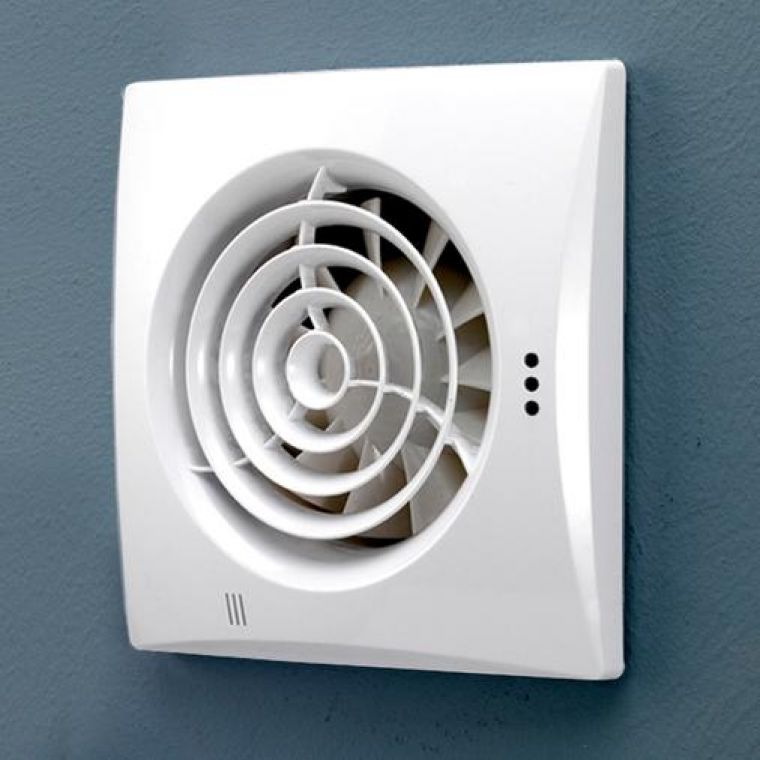Like the lungs, homes need to be able to breathe to make sure that fresh air comes in and dirty air goes out. Air indoors can build up high levels of moisture, odours, gases, dust, and other air pollutants. To keep the air safe, fresh outdoor air is needed to dilute these indoor pollutants.
To provide good air quality, enough air needs to be brought in and circulated so that it reaches all areas of the home. For almost all homes, windows and structural elements contribute to bringing in fresh air. Many homes have additional mechanical systems to add to the flow. Some sources, such as kitchen and bathrooms, need special venting that can remove the pollution they produce. Ventilation above ovens needs to carry the air outside to avoid redistributing pollutants from cooking inside the home.
Ventilation helps reduce indoor air pollution but it works best if paired with keeping known sources of air pollution out of the building. For example, the only way to reduce the effect of second-hand smoke indoors is to not allow smoking indoors or near the entrances. Ventilation will not solve that problem.
Outdoor air can also bring pollution indoors as well, so taking steps to reduce outdoor air pollution is important, too.

Doors and windows, whenever they are opened.
Joints, cracks and openings where parts of the building connect, including floors and walls and around windows and pipes.
Spot ventilation, including fans that pull air from the bathroom.
Mechanical, whole house systems, systems in larger buildings that force air into and out of the building.


Pollution builds up indoors when there is not enough air circulation. Sometimes efforts to make buildings more energy efficient can backfire by not allowing enough air to flow, building up pollution.
Carbon monoxide can build up to deadly levels indoors without proper ventilation, but it is not the only risk.
Concentrations of radon, which can cause lung cancer, can increase in homes with low ventilation.
High humidity outside can make indoor air more humid, increasing the risk of moisture damage indoors, such as mould growth or wood rot.
Fitting extractor fans in bathrooms to remove moisture from the house.
Fitting your kitchen with an extractor fan that moves the air to the outside.
Install trickle vents into windows to help circulate air flow.
We’ve been working in the industry for over two decades and have honed our experience to other our customers tailored, complete solutions that are accredited and carried out by professional teams.
If your property is suffering from penetrating damp and mould - it's one of the main signs that you should contact a professional to assess your existing cavity wall insulation. We will give you a free no-obligation survey!
Call 0800 702 2181
or send us an email